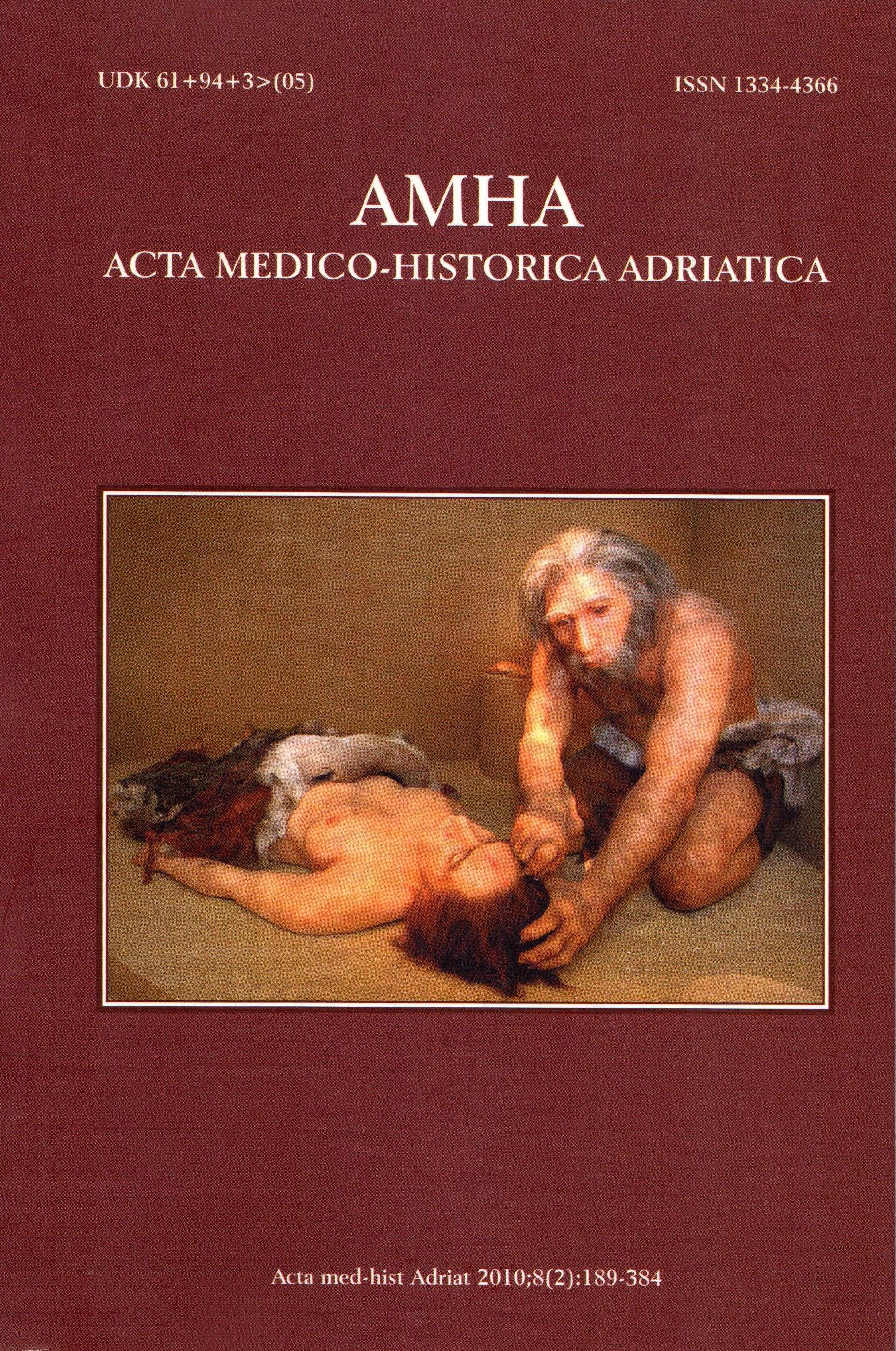RANOHRIŠĆANSKI MUČENICI ŽRTVE NEPOŠTOVANJA ASKLEPIJEVOG KULTA U VREME DIOKLECIJANA
Keywords:
Sancti Quattour Coronati, Diocletianus, Aesculapius, Passio, stone workers, SirmiumAbstract
For centuries, theologists, historians, archaeologists, petrologists, and others had been interested in a story about Christian martyrs known as Passio Sanctorum Quattuor Coronatorum. It is a hagiographic manuscript from the 4th century which describes the martyrdom and death of two separate groups of Christians who suffered Diocletian’s persecution. One group lived in Pannonia and the other in Rome. They refused to offer sacrifice to the ancient god of medicine Asclepius Roman Aesculapius. In the 6th century, their relics were kept in a basilica on the Coelian Hill in Rome, named after four saint martyrs Ss. Quattuor Coronatorum. In the Middle Ages, these saints enjoyed great glory, and many churches and chapels were dedicated to them in Italy, France, England, and Belgium. Guilds of stone workers and stone cutters took them for patrons. There are many copies of the Passio, which are kept in Vatican, Paris, Milan, Verona, Bern, and Munich. Beside the martyrdom story, these copies speak about inconsistencies related to the saints’ names and place and time of the events described in the story. Our study brings together the most important findings made so far about this hagiographic mystery. Certain events described in the Passio are interpreted from the medico-historical aspect, which is a new approach to the subject.


